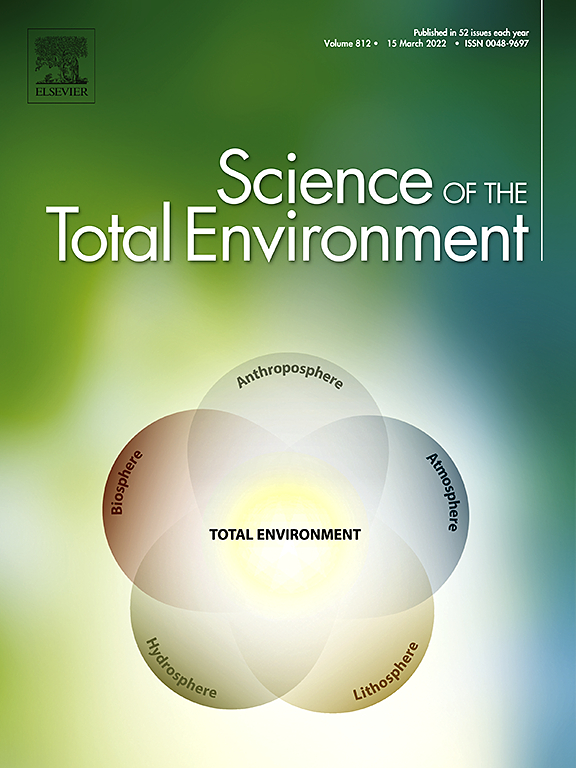|
Authors
Anton Mir-Tutusaus, Josep; Jaén-Gil, Adrián; Barceló, Damià; Buttiglieri, Gianluigi; Gonzalez-Olmos, Rafael ; Rodriguez-Mozaz, Sara; Caminal, Glòria; Sarrà, Montserrat ; Rodriguez-Mozaz, Sara; Caminal, Glòria; Sarrà, Montserrat
|
Abstract
Conventional active sludge (AS) process at municipal centralized wastewater treatment facilities may exhibit little pharmaceuticals (PhACs) removal efficiencies when treating hospital wastewater (HWW). Therefore, a dedicated efficient wastewater treatment at the source point is recommended. In this sense, advanced oxidation processes (AOPs) and fungal treatment (FG) have evidenced promising results in degrading PhACs. The coupling of the AOP based on UV/H2O2 treatment with biological treatment (AS or FG) treating a real non-sterile HWW, was evaluated in this work. In addition, a coagulation-flocculation pretreatment was applied to improve the efficiency of all approaches. Twenty-two PhACs were detected in raw HWW, which were effectively removed (93–95%) with the combination of any of the biological treatment followed by UV/H2O2 treatment. Similar removal results (94%) were obtained when placing UV/H2O2 treatment before FG, while a lower removal (83%) was obtained in the combination of UV/H2O2 followed by AS. However, the latest was the only treatment combination that achieved a decrease in the toxicity of water.
Moreover, deconjugation of conjugated PhACs has been suggested for ofloxacin and lorazepam after AS treatment, and for ketoprofen after fungal treatment. Monitoring of carbamazepine and its transformation products along the treatment allowed to identify the same carbamazepine degradation pathway in UV/H2O2 and AS treatments, unlike fungal treatment, which followed another degradation route.
|

WoS
Scopus
Altmetrics
 
|
